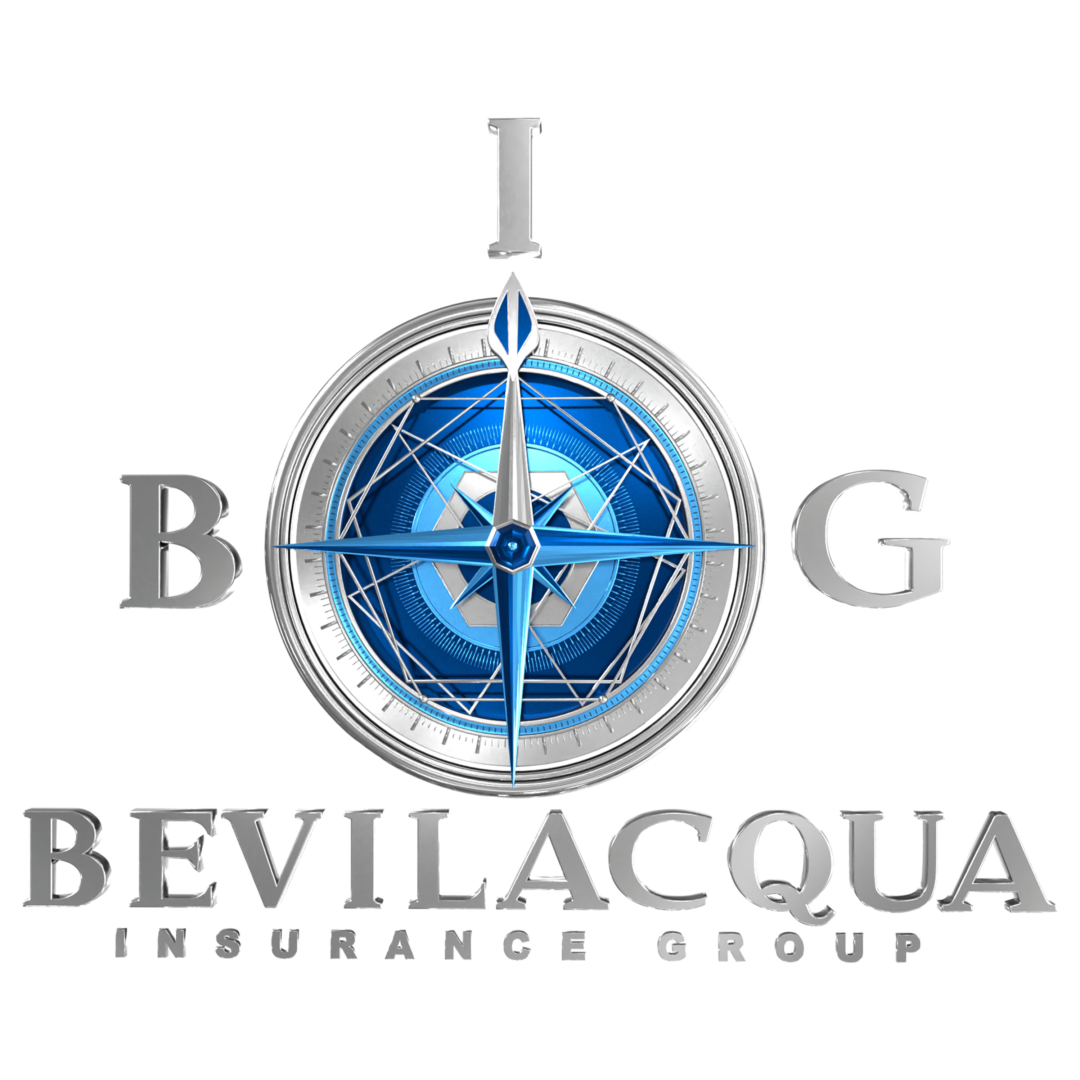Cultivating Creativity In The Workplace To Generate Better Results

In every workplace — no matter the vocation — there exists a creative culture. Many business owners will default to the notion that their problem is finding good ideas, and not good people. There’s a bit of truth there: the idea is a keystone on which a successful plan is erected. But, just as a keystone is relied upon by the other bricks in a structure, the keystone must rely on the architect, or in your case architects. If you’re managing properly, you’ll take ideas from your staff, whittle them down or build them up and send them back out to the readied minds that you so thoughtfully hired. Your workplace should operate — creatively speaking — like a well-oiled machine, with you at the wheel turning the conveyors and your staff working diligently to place products on the belts to be assessed, analyzed, and improved upon.
Again, you may be saying: “Well, the finished product is contingent on just how polished the initial idea is.” Not necessarily. Ideas come and go, some more capricious than others. What you should be focusing on is not the lightbulb itself, but the creator of the lightbulb. That’s right: your employees.
Talent is a rare bird, especially in a marketplace where everyone considers themselves some sort of expert in their field thanks to the wonders of fiber-optic educations. There’s a reason why you’re a business owner or leader in your workplace and one of those reasons is you can spot talent. Perhaps it’s a second-nature attribute that you haven’t jotted down in your weekly inventory, but it’s a gift that should be heralded and — most importantly — refined.
If you need proof, look at the curious predicament animation giant Pixar found itself in after they launched their first successful film, Toy Story. Disney wanted Pixar to, of course, create a second Toy Story film following the resounding outpour of admiration for the first film. But, Pixar found themselves in a pickle. Their lead creative team was working on another film, so they deferred the bulk of Toy Story 2‘s production to a secondary team. Things were going fine at first, but when that secondary team — who did in fact have talent — came upon the film’s third act, they just couldn’t get it to work.
Pixar’s president, Ed Catmull, had to act quick. The studio only had several months left to finish the film and send it off to Disney. So, Catmull acquired extra help for the primary team, cleared them of their project so they could come in and finish the secondary team’s work. The primary team did what the secondary team couldn’t: they figured out the third act by adding one critical scene to the film that tied the entire narrative together. Like Toy Story, Toy Story 2 was critically and commercially lauded.
Both teams worked on the same idea, but the lesson to be gleaned here is that ideas themselves are not potent enough to carry a finished product across the finish line. (If you don’t think you have a product to offer, just remember that anything you create in the realm of marketing, advertising, and any other branch of your business you may mark as ancillary, is a product.)
As you’re putting together your next piece of direct mail to attract new clients, remember that the idea can be reshaped and repurposed. The true gem in front of you, though, is the employee. You may just be seeing the tip of the iceberg when it comes to his or her talent, so do your best to cultivate it, polish it, and above all, know exactly the strengths and weaknesses of each individual. And, know when to sub in your primary team for your secondary team, because some deadlines never get a re-do. In the workplace, creativity is king, and the purveyors of it are your keys to the kingdom.

